What Is An Ultrabook Laptop?
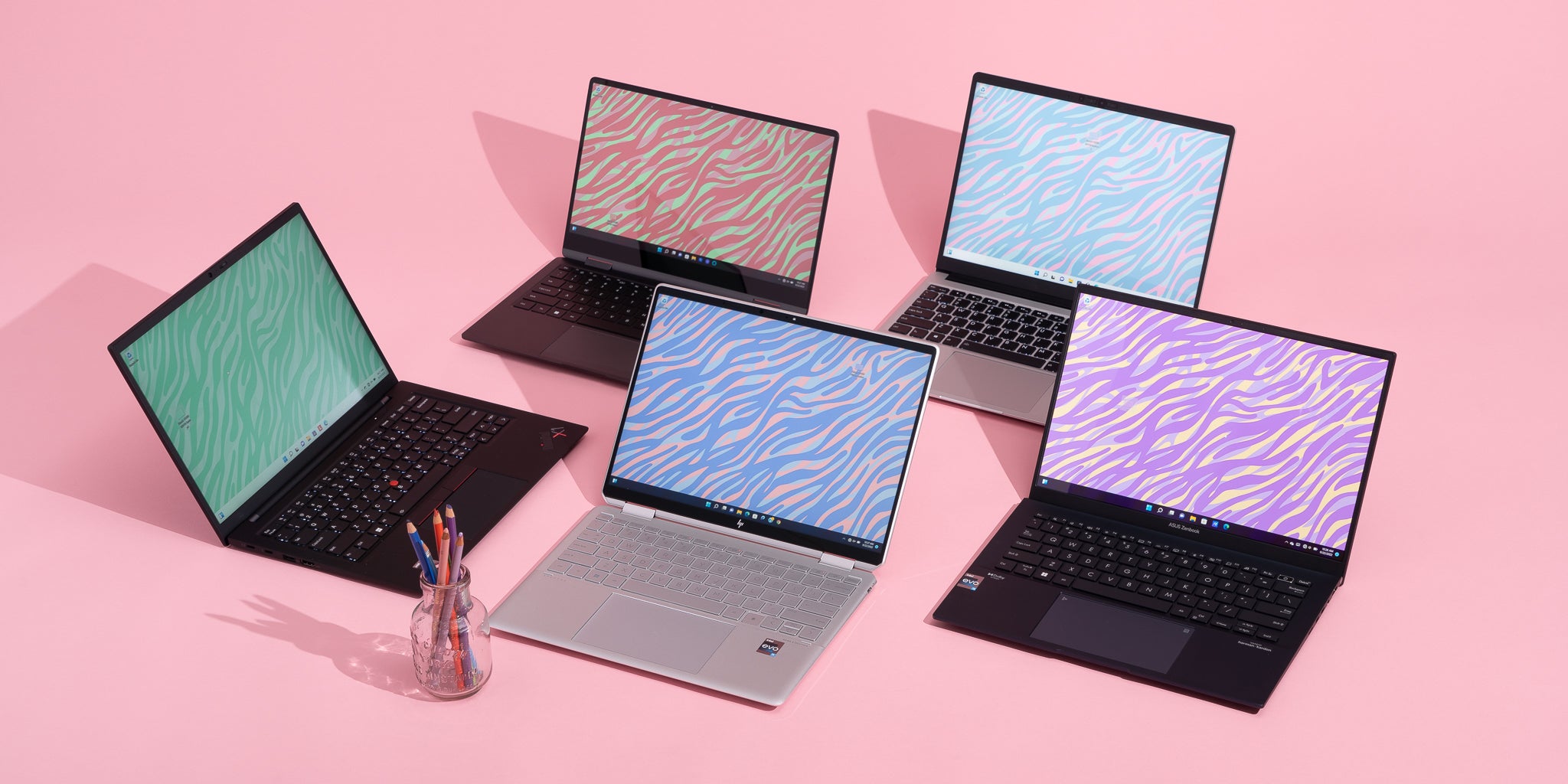
So, you’ve been hearing the term “ultrabook laptop” thrown around, and you’re wondering what exactly it is. Well, let me break it down for you. An ultrabook laptop is a sleek, lightweight, and high-performance device that combines the power of a traditional laptop with the portability of a tablet. It’s like having the best of both worlds in one compact package. With their slim design, long battery life, and fast processors, ultrabooks have become increasingly popular for professionals, students, and anyone on the go. But, what sets them apart from other laptops? Let’s take a closer look. An ultrabook laptop is a type of portable computer that combines the power and functionality of a traditional laptop with a sleek and lightweight design. Ultrabooks are known for their slim profile and high performance, making them a popular choice for professionals and consumers alike.
Origin of the term Ultrabook
The term “ultrabook” was originally coined by Intel in 2011. Intel set specific criteria for devices to be classified as ultrabooks, including a thin and lightweight form factor, fast boot times, long battery life, and high-performance hardware. This term was created to distinguish this new category of laptops from traditional laptops and to showcase the advancements in technology and design.
Basic Definition of Ultrabook
In its simplest form, an ultrabook is a laptop that meets Intel’s criteria for thinness, weight, performance, and battery life. These criteria vary over time as technology advances, but the main idea behind an ultrabook is to deliver a premium computing experience in a compact and portable package.
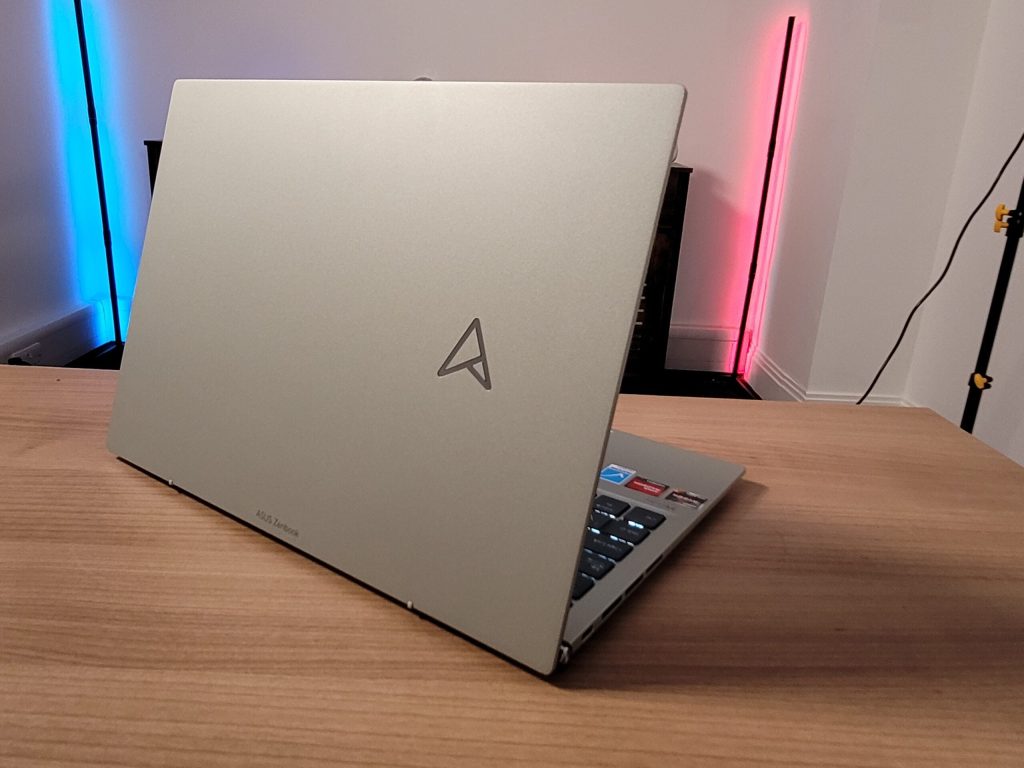
This image is property of www.trustedreviews.com.
Key Features of Ultrabook Laptops
Slim and Lightweight Design
One of the key features that sets an ultrabook apart from traditional laptops is its slim and lightweight design. Ultrabooks are designed to be thin and sleek, making them highly portable and easy to carry around. This slim profile allows users to slide their ultrabooks into a bag or backpack without adding excessive weight or bulk.
High Performance Hardware
Despite their slim form factor, ultrabooks are equipped with powerful hardware that rivals that of traditional laptops. They typically feature the latest generation of processors, ample RAM, and fast storage options such as solid-state drives (SSDs). This combination of high-performance hardware allows ultrabooks to handle resource-intensive tasks such as video editing and gaming with ease.
Long Battery Life
Another key feature of ultrabook laptops is their long battery life. Ultrabooks are designed to be energy-efficient, allowing users to work, watch movies, or browse the web for extended periods without needing to charge their device. This is especially beneficial for individuals who travel frequently or work on the go, as they can rely on their ultrabook to provide uninterrupted power throughout the day.
Fast Boot Times
Ultrabooks are known for their fast boot times, thanks to their use of solid-state drives (SSDs). Unlike traditional hard disk drives (HDDs), SSDs have no moving parts, which results in significantly faster data transfer speeds. This allows ultrabooks to boot up quickly and launch applications in a matter of seconds, providing users with a seamless and efficient computing experience.
History and Evolution of Ultrabook Laptops
Initial Launch and Reception
The concept of ultrabooks was first introduced by Intel in 2011, and the launch of the first ultrabook models created a buzz in the tech industry. These early ultrabooks faced some criticism for their high price tags and limited availability. However, as technology advanced and manufacturing costs decreased, ultrabooks became more accessible to consumers.
Technological Improvements over the Years
Since their initial launch, ultrabooks have undergone significant technological advancements. Processors have become faster and more energy-efficient, allowing for improved performance and battery life. Storage options have also evolved, with the widespread adoption of SSDs, which offer faster data access and improved durability compared to traditional HDDs.
Additionally, advancements in display technology have led to ultrabooks with higher resolution screens, better color accuracy, and thinner bezels. This enhances the overall user experience and makes ultrabooks more visually appealing.
Current Market Position of Ultrabook Laptops
In recent years, ultrabooks have gained popularity and have become a mainstream choice for consumers seeking a balance between performance and portability. The market for ultrabooks is highly competitive, with numerous manufacturers offering their own line of ultrabook laptops. This competition has led to a wider range of options for consumers, with varying specifications, designs, and price points.
Differences between Ultrabooks and Traditional Laptops
Physical Differences
One of the main differences between ultrabooks and traditional laptops is their physical design. Ultrabooks are characterized by their slim and lightweight construction, making them highly portable. Traditional laptops, on the other hand, tend to be bulkier and heavier due to their internal components and larger form factor.
Ultrabooks often feature sleek and premium materials, such as aluminum or carbon fiber, which contribute to their overall aesthetic appeal. In contrast, traditional laptops may have a more utilitarian design, prioritizing durability over style.
Performance Differences
While ultrabooks are designed to deliver high performance, there can be variations in processing power and graphics capabilities compared to traditional laptops. Ultrabooks often prioritize energy efficiency and portability, which may result in slightly lower performance compared to larger laptops that can accommodate more powerful hardware. However, advancements in technology have led to ultrabooks that can rival the performance of traditional laptops in many applications.
Cost Differences
Ultrabooks are generally priced higher than traditional laptops due to their premium features and design. The slim and lightweight form factor, high-performance hardware, and longer battery life contribute to the higher cost. Traditional laptops, on the other hand, offer a wider range of price points, making them more accessible to budget-conscious consumers. However, as technology advances and manufacturing costs decrease, the price gap between ultrabooks and traditional laptops has become less significant.
Advantages of Ultrabook Laptops
Portability Advantages
The main advantage of ultrabook laptops is their portability. Their slim and lightweight design makes them easy to carry around, allowing users to work or study on the go without feeling weighed down. Whether you’re a student commuting between classes or a business professional traveling for meetings, an ultrabook offers the convenience and freedom to take your work anywhere.
Performance Advantages
While ultrabooks may not match the raw power of larger laptops, they still provide impressive performance and efficiency. With the latest processors, ample RAM, and fast storage options, ultrabooks can handle demanding tasks such as photo editing, software development, and multitasking without skipping a beat. This makes them an excellent choice for professionals who require a balance of power and portability.
Battery Life Advantages
Ultrabooks are designed to prioritize energy efficiency, resulting in longer battery life compared to traditional laptops. This is especially beneficial for users who are frequently on the move or find themselves in situations where access to a power outlet is limited. With an ultrabook, you can confidently work or enjoy media without constantly worrying about running out of battery.
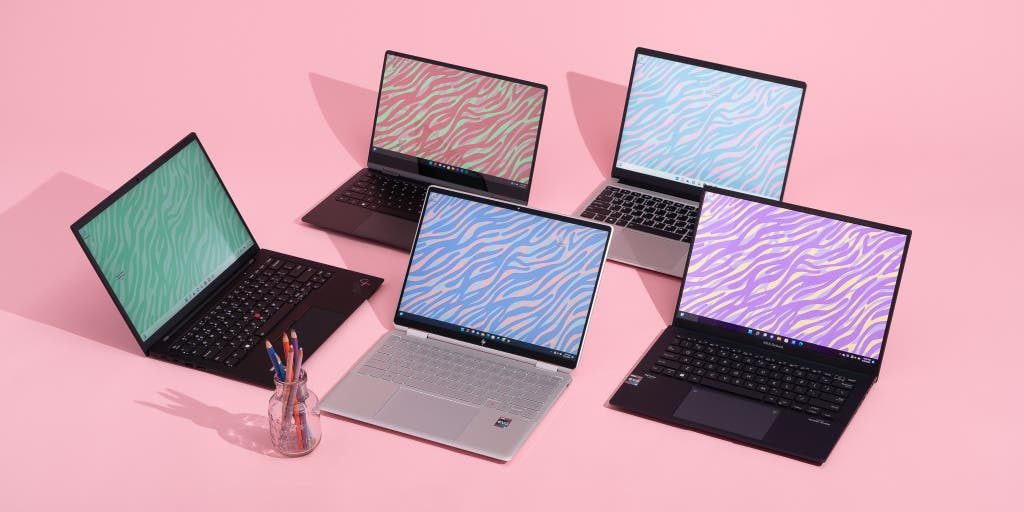
This image is property of cdn.thewirecutter.com.
Limitations of Ultrabook Laptops
Restrictions Due to Slim Design
The slim design of ultrabooks often comes with some trade-offs. Due to their thin profile, ultrabooks may lack certain ports or connectivity options found on traditional laptops. This can include Ethernet ports, DVD drives, or multiple USB ports. While adapters and dongles can help mitigate these limitations, it’s important to consider your connectivity needs before purchasing an ultrabook.
Higher Cost Compared to Traditional Laptops
As mentioned earlier, ultrabooks are generally priced higher than traditional laptops. The premium materials, slim design, and high-performance hardware contribute to the increased cost. While ultrabooks offer an excellent user experience, it’s important to consider your budget and needs before investing in a more expensive device.
Potential Compromises on Ports and Drives
Due to their slim design, ultrabooks may have fewer ports or drives compared to traditional laptops. For example, some ultrabooks may only have one or two USB-C ports, which can limit connectivity options if you rely on multiple peripherals. Additionally, ultrabooks may not have an integrated CD/DVD drive, which can be a disadvantage if you frequently use physical media.
Popular Brands and Models of Ultrabook Laptops
Apple MacBook Air
The Apple MacBook Air is one of the most well-known ultrabook models on the market. It combines sleek design, lightweight construction, and powerful hardware to deliver an exceptional user experience. The MacBook Air features a Retina display, fast processors, and a long battery life, making it a popular choice for professionals in creative industries.
Dell XPS 13
The Dell XPS 13 is another highly regarded ultrabook that offers premium features and performance. It boasts a compact and lightweight design, with a virtually borderless InfinityEdge display. The XPS 13 is known for its impressive battery life, comfortable keyboard, and powerful performance, making it a top choice for productivity-focused users.
HP Spectre X360
The HP Spectre X360 is a versatile ultrabook that offers a 2-in-1 design, allowing users to switch between laptop and tablet modes. It features a sleek and premium build, with a convertible hinge that enables easy transitioning between modes. The Spectre X360 offers impressive performance, a vibrant display, and long battery life, making it a great option for those seeking flexibility and power.
Asus ZenBook
The Asus ZenBook series is known for its combination of style, performance, and value. ZenBooks feature an elegant design, often incorporating brushed aluminum finishes and slim profiles. These ultrabooks offer a range of specifications to cater to different user needs, from entry-level models to high-performance options.
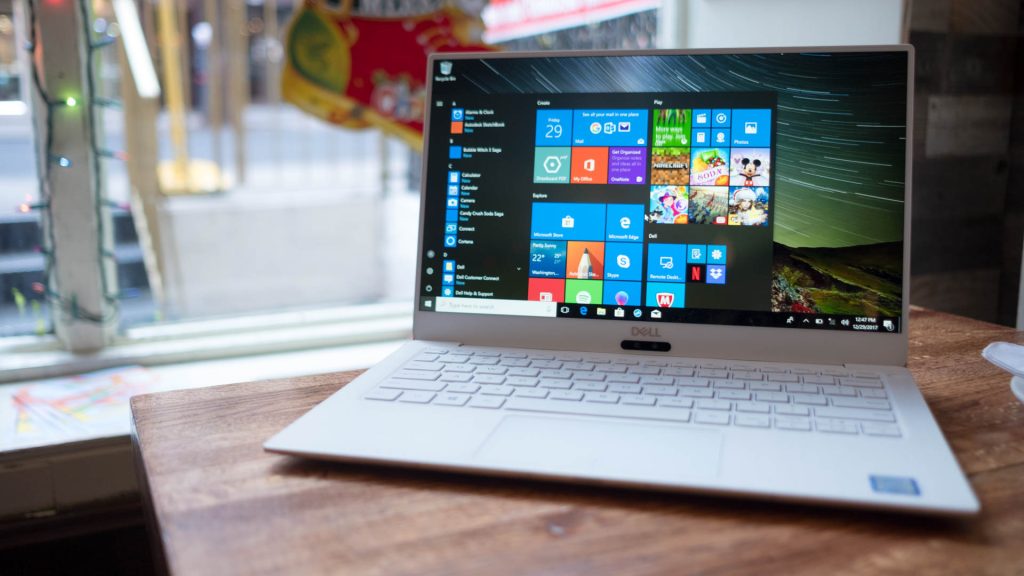
This image is property of cdn.mos.cms.futurecdn.net.
Factors to Consider When Buying an Ultrabook Laptop
Weight and Size
When choosing an ultrabook, consider the weight and size that best suits your lifestyle. If you frequently travel or commute, a lighter and more compact ultrabook may be preferable. However, if you need a larger display or require additional ports, you may need to compromise on weight and size.
Battery Life
Ultrabooks are known for their long battery life. However, the actual duration can vary depending on usage, screen brightness, and other factors. Assess your typical usage patterns and prioritize battery life accordingly. If you need extended battery life for long workdays, look for an ultrabook with a larger battery capacity.
Performance Specs
Consider your specific performance requirements when selecting an ultrabook. If you primarily use your device for web browsing, word processing, and light multitasking, a lower-end model may suffice. However, if you rely on resource-intensive applications, such as video editing or gaming, opt for an ultrabook with a more powerful processor, ample RAM, and dedicated graphics capabilities.
Price
While ultrabooks offer premium features and design, they often come with a higher price tag. Set a budget and prioritize the features that are most important to you. Keep in mind that as technology advances, older models may become more affordable while still offering a strong performance. Consider whether you need the latest generation hardware or if a slightly older model will meet your needs at a lower cost.
Understanding the Specifications of an Ultrabook
Processor
The processor is one of the most important specifications to consider when purchasing an ultrabook. It determines the performance capabilities of the device, including how fast it can execute tasks and handle multitasking. Look for the latest generation Intel or AMD processors for optimal performance.
Memory (RAM)
RAM, or random-access memory, plays a crucial role in multitasking and overall system performance. More RAM allows the ultrabook to handle multiple applications simultaneously without slowing down. Aim for at least 8GB of RAM for smooth multitasking, though higher-end models may offer 16GB or even 32GB of RAM.
Hard Drive (HDD or SSD)
The hard drive is where the operating system and files are stored. Traditional hard disk drives (HDDs) offer larger storage capacities at a more affordable price, but they are slower and less durable compared to solid-state drives (SSDs). SSDs provide faster data access, quicker boot times, and enhanced durability. Choose an ultrabook with an SSD for improved performance.
Screen Size and Resolution
The screen size and resolution of an ultrabook can significantly impact your viewing experience. Consider the display size that suits your needs, whether it’s a compact 13-inch screen for portability or a larger 15-inch screen for immersive media consumption. Additionally, look for a high-resolution display for sharper visuals and better color accuracy.
Operating System
Ultrabooks typically come with either Windows or macOS as the operating system. Consider the operating system that aligns with your preferences and software compatibility. Windows offers a vast software library and flexibility, while macOS is known for its seamless integration with other Apple devices and its user-friendly interface.
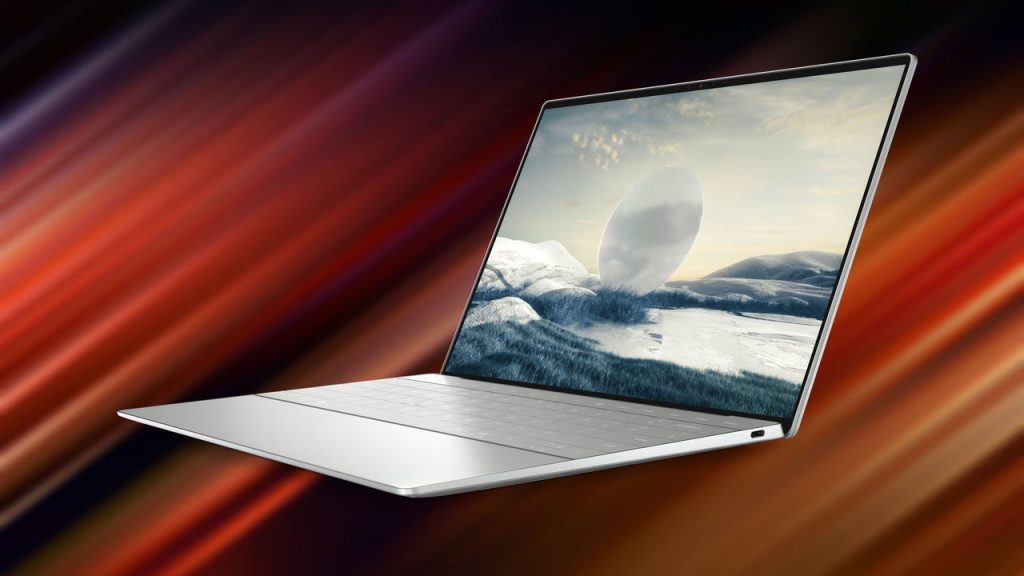
This image is property of assets-prd.ignimgs.com.
Future of Ultrabook Laptops
Projected Technological Advances
As technology continues to evolve, we can expect the future of ultrabook laptops to bring further advancements in performance, design, and connectivity. Processors will become more powerful and efficient, allowing for enhanced multitasking and graphics capabilities. Battery life is likely to improve further, thanks to advancements in power management and energy-efficient hardware.
We can also anticipate advancements in display technology, such as higher resolution screens with improved color accuracy and higher refresh rates. Additionally, there may be advancements in connectivity options, with the integration of new ports and wireless technologies to enhance the user experience.
Market Trends Predicting the Future of Ultrabooks
Market trends indicate that ultrabooks will continue to gain popularity, driven by the increasing demand for portable yet powerful computing devices. The rise of remote work and flexible lifestyles has emphasized the need for devices that can seamlessly transition between work and leisure. Ultrabooks, with their combination of performance, portability, and style, are well-positioned to meet these demands.
Additionally, as the cost of manufacturing ultrabooks decreases and technology becomes more accessible, it is likely that ultrabooks will become more affordable, making them a viable option for a broader consumer base.
Role of Ultrabooks in Promoting Sustainable Computing
Ultrabooks have the potential to play a significant role in promoting sustainable computing practices. Their energy-efficient design, coupled with longer battery life, allows users to minimize energy consumption and reduce their carbon footprint. Additionally, advancements in manufacturing techniques and materials can contribute to more eco-friendly devices.
Furthermore, the compact and lightweight nature of ultrabooks encourages mobility and remote work, reducing the need for extensive physical office spaces and long commutes. This can lead to a reduction in greenhouse gas emissions and a more sustainable way of working.
In conclusion, ultrabook laptops have revolutionized the mobile computing landscape with their slim and lightweight design, high performance, long battery life, and fast boot times. While they may have some limitations compared to traditional laptops, the advantages of ultrabooks, such as portability, performance, and battery life, make them an appealing choice for users on the go. As technology continues to advance, we can expect to see further improvements in the future of ultrabook laptops, making them even more powerful, efficient, and sustainable. Whether you’re a student, professional, or casual user, an ultrabook can offer the perfect combination of style and functionality for your computing needs.







